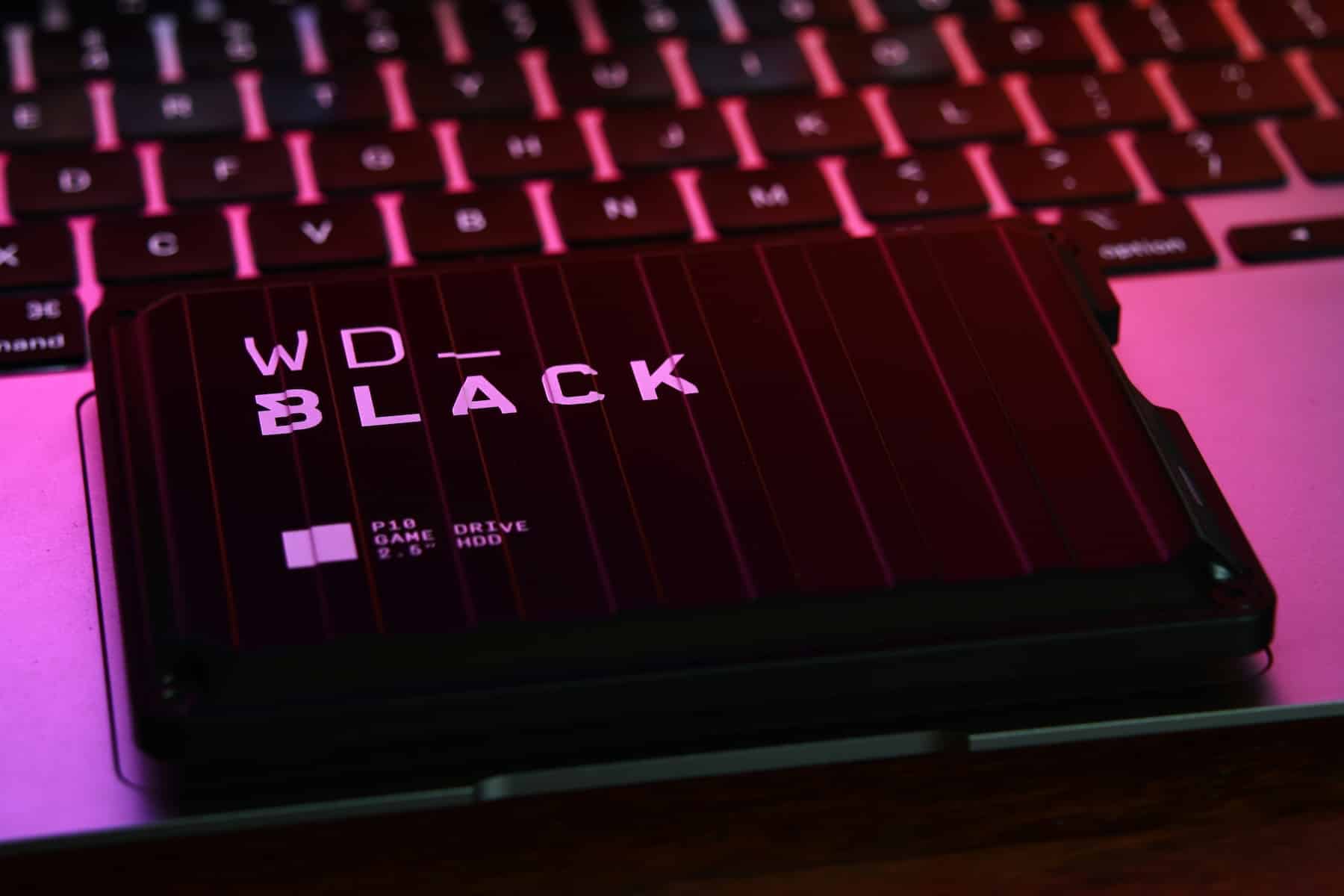In a landscape where data centers face growing storage demands driven by the rise of artificial intelligence (AI), Western Digital continues to lead innovation in hard disk drive (HDD) technology. Its recent launch of the Ultrastar® DC HC690, the first 11-disk HDD in the market with up to 32 TB of capacity, is an example of how to maximize storage density without changing the standard size of devices.
The Connection Between AI and HDD
The data cycle of AI generates and processes enormous volumes of information that require efficient storage. HDDs play a crucial role in managing both input (data collected and entered) and output (content generated by AI). With this growing need for storage, Western Digital aims to increase HDD capacity without compromising physical space.
The Challenge: Adding One More Disk in the Same Space
To maintain the standard size of HDDs, engineers had to get creative. The solution involved reducing the spacing between disks rather than decreasing their thickness, an approach that marked a deviation from traditional practices. This change entailed a series of adjustments, including:
- Disk Spacing: Minimizing the space needed to accommodate the movement of the read/write heads.
- Low-Profile Suspension: Adapting the recording heads to fly closer to the surface of the disks.
- Thinner Structure: Reducing the thickness of the base frame without compromising rigidity.
Energy Consumption Optimization
Despite adding an additional disk, the final design maintains the same energy consumption. This was achieved by optimizing aerodynamics to reduce the windage drag generated by the disks spinning at high speeds. This approach not only minimized energy consumption but also improved the sustainability of the HDD, which is crucial for data centers.
Benefits for Data Centers
The 11-disk design offers clear advantages for data center operators:
- Greater capacity in the same space: Increases storage density without the need for additional infrastructure.
- Energy efficiency: Reduces consumption per unit of capacity (watts per terabyte).
- Optimized costs: Avoids capital expenses (CapExCAPEX, short for Capital Expenditure…) on additional infrastructure and keeps operational expenses (OpEx) associated with energy and HVAC under control.
Looking to the Future: 50TB HDDs
The Ultrastar® DC HC690 marks a step toward hard drives with over 50 TB of capacity in the same standard size. By leveraging technologies like ePMR, UltraSMR, OptiNAND™, and HelioSeal, Western Digital continues to set new standards in storage.
As Takashi Nakamura, Director of the HDD program at Western Digital, commented: “With each generation of hard drives, we strive to increase capacity and performance. Our team is always looking toward the next innovation.”
Conclusion
Western Digital demonstrates how mechanical innovation can meet the increasing storage demands in the age of AI. With products like the Ultrastar® DC HC690, data centers can manage the exponential growth of data more efficiently, sustainably, and cost-effectively. This advancement reinforces the company’s commitment to the ongoing evolution of HDDs, which are fundamental in a data-driven world.
via: Western Digital

